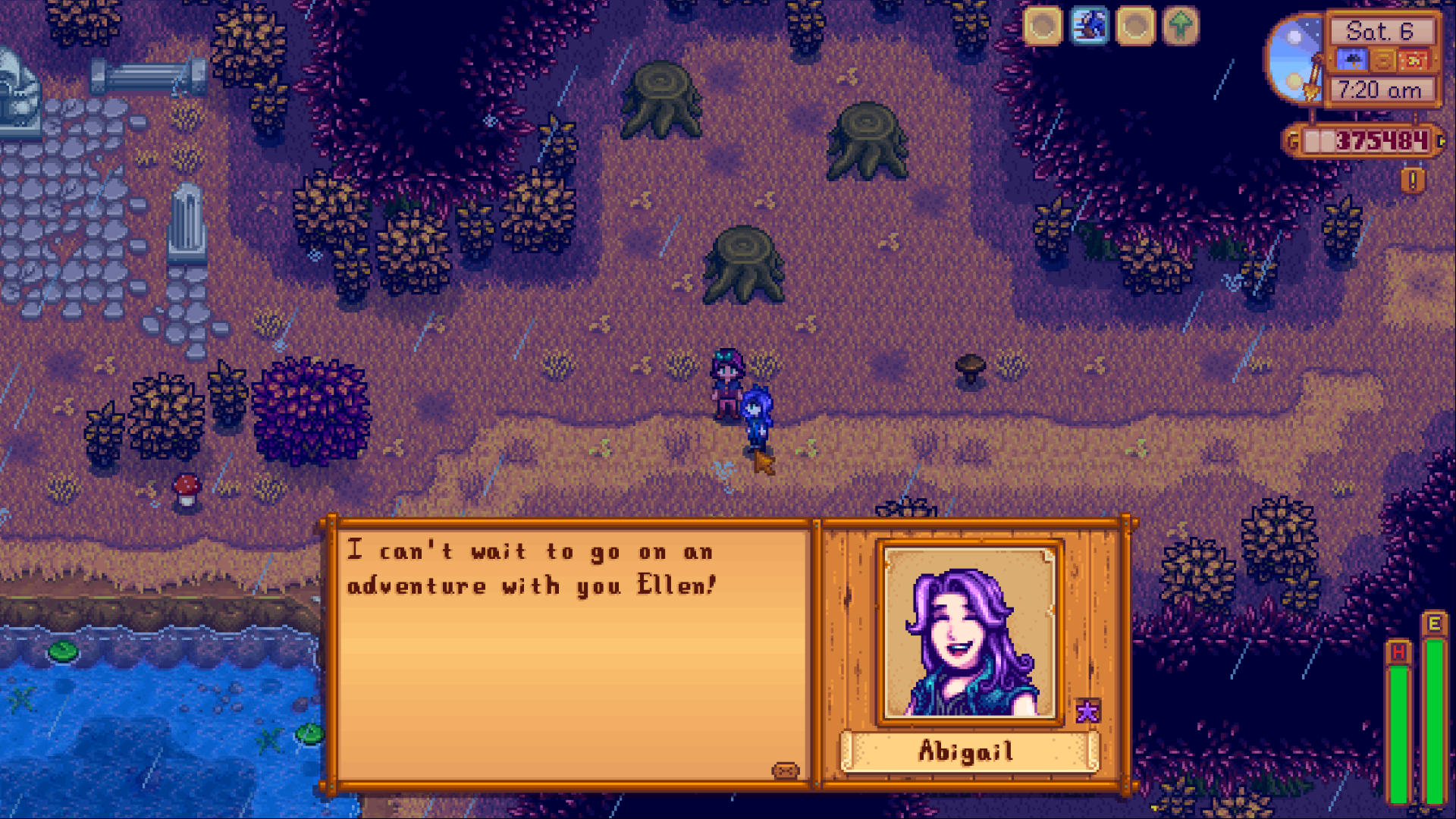
Beyond the Puzzles: The Heart and Soul of Adventure Games Lies in NPC Interactions
Adventure games, a genre born from text-based explorations and flourishing in the pixelated landscapes of early computers, have always been about more than just solving puzzles. While intricate mechanisms and logic problems are undoubtedly a core component, the true magic of many adventure games lies in their non-player characters (NPCs). These digital inhabitants, often quirky, memorable, and occasionally downright infuriating, breathe life into the game world, providing context, clues, and ultimately, a deeper connection to the narrative. They are the heart and soul of many beloved adventure titles, shaping the player’s experience and elevating the game from a simple puzzle box to a compelling interactive story.
The Evolution of the Digital Neighbor: From Simple Prompts to Complex Characters
The earliest adventure games, limited by technological constraints, featured NPCs that were essentially glorified text prompts. Think of the gruff pirate in Zork, offering cryptic hints and demanding a tribute. These early interactions were functional, providing information or blocking progress unless certain conditions were met. They served a purpose, but lacked the personality and depth that would later become a hallmark of the genre.
As technology advanced, so too did the complexity of NPCs. LucasArts, a name synonymous with the golden age of adventure games, spearheaded this evolution. Games like Maniac Mansion and The Secret of Monkey Island introduced characters with distinct personalities, witty dialogue, and even their own motivations. Guybrush Threepwood’s encounters with Stan, the used ship salesman, or Elaine Marley, the governor he desperately tries to woo, are legendary examples of how engaging NPC interactions could be. These characters weren’t just there to gate progress; they were integral to the comedic tone and the overall charm of the game.
Sierra On-Line, another giant in the adventure game landscape, took a slightly different approach. While still incorporating humor, their games often focused on more serious narratives. King’s Quest and Space Quest featured a diverse cast of characters, ranging from noble knights to treacherous villains, whose actions directly impacted the player’s journey. These NPCs often presented moral dilemmas and forced players to make choices with real consequences, further blurring the line between gameplay and storytelling.
The Power of Dialogue: Shaping the Narrative and Player Agency
One of the most significant advancements in NPC interaction was the introduction of robust dialogue systems. Gone were the days of simple "yes" or "no" responses. Games began offering branching dialogue trees, allowing players to steer conversations in different directions, uncover hidden information, and even influence the character’s behavior.
This ability to shape the narrative through dialogue gave players a greater sense of agency and control over their experience. The choices they made in conversations could have significant consequences, impacting relationships, unlocking new areas, or even altering the ending of the game. This level of interactivity made the game world feel more dynamic and responsive, further immersing the player in the story.
Think of the intricate dialogue system in Grim Fandango, where Manny Calavera’s witty banter and cynical observations are as integral to the game’s atmosphere as the stunning art deco visuals. The choices you make in your interactions with other characters, from the charming Meche Colomar to the nefarious Hector LeMans, directly impact Manny’s journey through the Land of the Dead.
Beyond Conversation: NPCs as Living, Breathing Inhabitants
The best adventure games don’t just treat NPCs as talking heads dispensing information. They integrate them seamlessly into the game world, giving them routines, motivations, and relationships that extend beyond their interactions with the player.
Consider the bustling cities of Broken Sword: The Shadow of the Templars. Each character, from the Parisian street performers to the shady American tourists, feels like they have a life beyond the player’s involvement. They react to the environment, interact with each other, and contribute to the overall atmosphere of the game. This level of detail makes the world feel alive and believable, enhancing the player’s immersion and making the experience all the more compelling.
Even seemingly insignificant NPCs can play a crucial role in shaping the player’s understanding of the world. A chance encounter with a gossiping villager in Gabriel Knight: Sins of the Fathers might reveal a crucial clue about a Voodoo ritual, while a brief conversation with a weary fisherman in The Longest Journey could offer a glimpse into the struggles of a dying town. These small interactions, often overlooked, contribute to the richness and depth of the game world, making it feel more real and believable.
The Modern Landscape: NPCs in the Age of Open Worlds and RPGs
While classic point-and-click adventure games remain beloved, the influence of NPC interactions has extended far beyond the genre. Modern RPGs and open-world games owe a considerable debt to the pioneers of adventure gaming, adopting and expanding upon their techniques to create truly immersive and dynamic worlds.
Games like The Witcher 3: Wild Hunt and Disco Elysium feature complex, nuanced NPCs with their own agendas, motivations, and backstories. These characters are not simply quest givers; they are individuals with their own problems and desires, and the player’s interactions with them can have profound consequences for both the character and the world around them.
Disco Elysium, in particular, pushes the boundaries of NPC interaction, allowing players to delve into the inner thoughts and motivations of each character they encounter. The game’s intricate dialogue system and skill-based checks create a truly unique and unforgettable experience, where the player’s choices have a real impact on the lives of those around them.
The Future of NPC Interaction: Artificial Intelligence and Emotional Depth
The future of NPC interaction is undoubtedly intertwined with advancements in artificial intelligence. As AI technology continues to evolve, we can expect to see NPCs that are more responsive, more believable, and more capable of independent thought and action.
Imagine a game where NPCs react to the player’s behavior in a truly realistic way, remembering past interactions, holding grudges, and forming lasting relationships. Imagine NPCs that can adapt to changing circumstances, making their own decisions and pursuing their own goals, even without the player’s involvement.
Beyond simply reacting to the player’s actions, future NPCs may also be capable of expressing a wider range of emotions, adding a new layer of depth and realism to the game world. We may see NPCs that genuinely grieve the loss of a loved one, express joy at a personal triumph, or even harbor feelings of jealousy or resentment.
Ultimately, the goal is to create NPCs that are not just lines of code, but believable and engaging characters that can truly connect with the player on an emotional level. By pushing the boundaries of AI and storytelling, developers can create truly immersive and unforgettable experiences that blur the line between gameplay and reality.
Conclusion: The Enduring Legacy of Meaningful Encounters
From the rudimentary text prompts of early adventure games to the complex, AI-powered characters of modern RPGs, NPC interactions have always been a vital component of the gaming experience. They provide context, clues, and ultimately, a deeper connection to the narrative, transforming a simple puzzle box into a compelling interactive story.
The legacy of the classic adventure games, with their memorable characters and witty dialogue, continues to resonate today. As technology advances and AI becomes more sophisticated, the potential for creating truly immersive and engaging NPC interactions is greater than ever before. The future of adventure games, and indeed gaming as a whole, lies in the ability to create believable and relatable characters that can truly connect with the player on an emotional level. After all, it’s not just about solving the puzzles; it’s about the journey, and the people we meet along the way.

